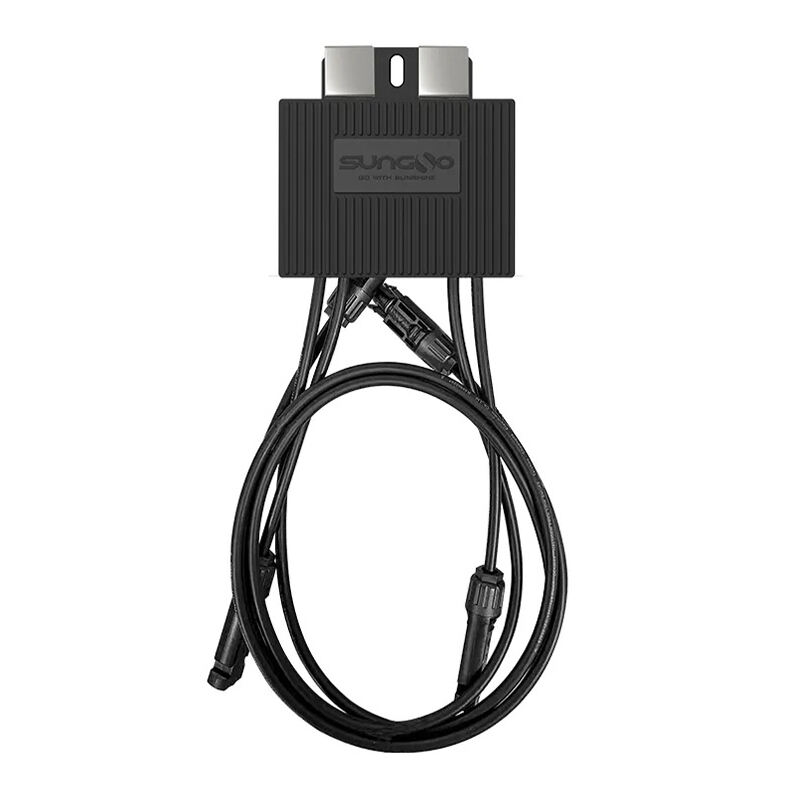Overview of Photovoltaic Power Plant Operations and Maintenance
The technology of renewable energy sources has placed photovoltaic (PV) power plants in a rather central place in contemporary power systems. PV Solar power stations use photovoltaic materials where direct conversion of sunlight to electricity occurs. This kind of energy does not harm the environment and it can significantly help in decreasing the consumption of the non-renewable sources of energy. Nevertheless, the unhampered running and control of these systems are significantly important in terms of business productivity and safety.
Generally a PV power plant, has key components such as solar panels, inverters, transformers, and an electric distribution system. The solar panels are placed in a number of rows known as arrays for purposes of reception of the solar radiation. The photovoltaic cells that are contained in these panels act to absorb the sun’s rays and to produce direct current (DC) electricity. Inverters then transmute direct current electricity to alternating current, which is good for use in the power network. Transformers can be used to amplify the voltage for transmission to other distant areas.
The activity in PV power plants includes ongoing monitoring, carrying out normal checks and sometimes overhauling. This often involves assessing structural conditions of the panels, washing them to remove accumulated dirt and performing checks on connections, inverters and transformers. Also, electricity from solar radiation and meteorological instruments enables managers to fix the plant effectiveness and likely breakdowns.
Identification and Prevention of Safety Hazards
However, similarly as their establishment, managing and operating PV power plants pose some risks which need to be managed very carefully to mitigate them and to ensure safety. These safety hazards can be attributed to electric failures, mechanical problems, and influence from factors in the natural environment, and/or other people. Hence there is need to always adapt strong precaution measures in the workstation to help in avoiding high risks as well as protect the personnel and equipment.
1. Using Power Optimizers
Another way of minimizing safety risks is through power optimizers and is known to minimize safety risks effectively. Power optimizers are gadgets that ensure the efficiency of units generated from photovoltaic panels of solar energy and have a role in selecting issues. Through observing the performance of distinctive panels, power optimizers can recognize specific units that threaten safety and isolate them early to avoid worse conditions.
2. Regular Inspections
Safety is an important factor in the operation of PV power plant and frequently inspections are considered as the mainstay of safety. Scheduling checks enable assessment of wear and tear, corrosion and mechanical problems that if not well addressed may cause safety issues. The physical assessment maintenance plan covers an assessment of physical damage on the solar panels, an assessment of the stability of the mounting systems, examination of electrical connections for signs of overheating and loose connections, and confirmation of the functionality of safety systems.
The above inspections should be documented effectively and all the noticed irregularities should be corrected on time to avoid development into major issues.
3. Professional Training
Capacity building is important since it enables personnel to operate PV power plants without posing any risks to their safety or that of their fellow workers. Sufficient training must include theoretical background that the trainee needs to acquire as well as practical skills. Technicians and engineers need to not only grasp principles associated with photovoltaic system, electric circuit, and also related safety measures.
Such training programs should be made to run for instance at least once in a year so that they cover new safety standards and technologies. Also, staff development in various sectors of plant operation may improve safety and organizational performance.
4. Emergency Plan Formulation
Risk management cannot be effective without the formulation and frequent update of an emergency plan. An ideal emergency plan should give detailed process to follow in case of emergencies like electrical fire, weather conditions and system failure. It should also contain specific evacuation procedures, some telephone numbers to call, and first aid responses.
Periodic practice and periodic ongoing refresher training to all employees of the company emergency plan help familiarize all members of staff with the plan and how to correct in the event of an emergency.
In conclusion, the formulation and management of photovoltaic power plants present a set of safety risks different in their nature. Most of these risks can therefore be capped by adhering to rigorous preventive measures and ongoing training for their professionals as well as conducting frequent maintenance. As the transition to renewable sources of energy proceeds, the safety and effectiveness of PV power plants will play a pivotal role in obtaining the needed energy output.

 EN
EN
 AR
AR
 CS
CS
 NL
NL
 FR
FR
 DE
DE
 IT
IT
 JA
JA
 PT
PT
 ES
ES
 TH
TH
 TR
TR
